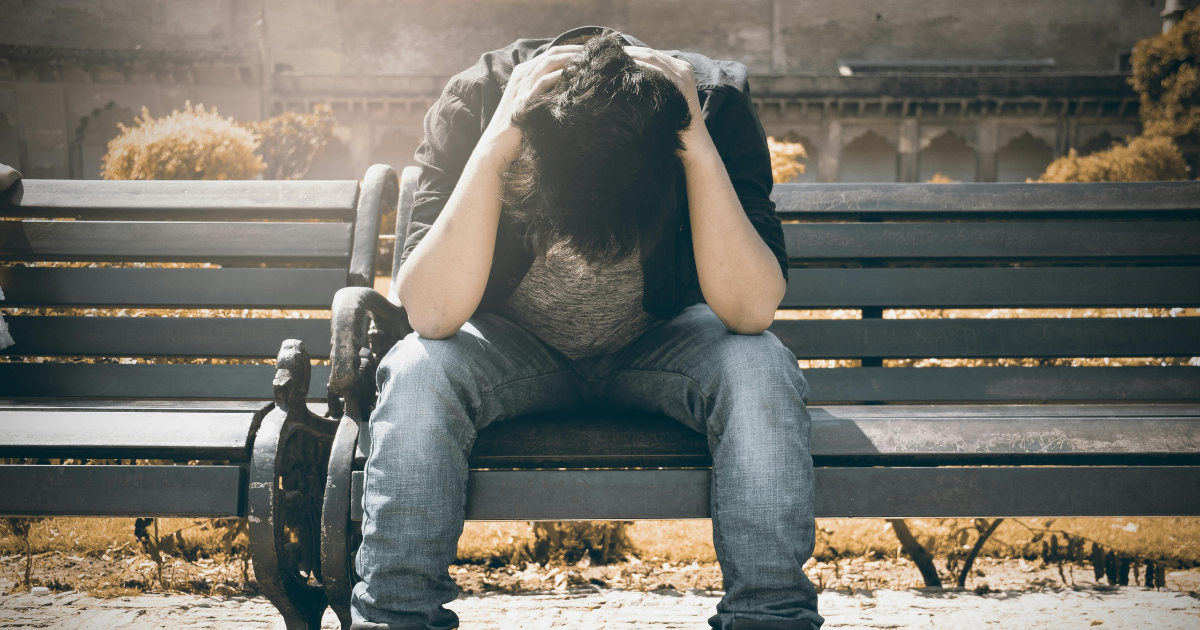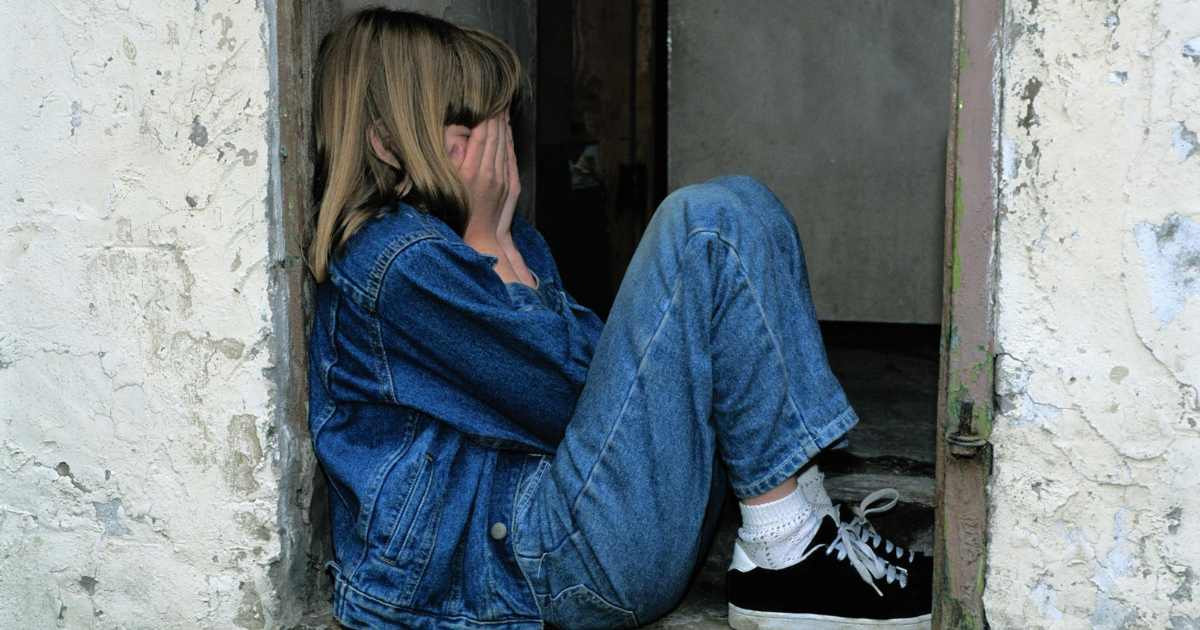Trauma is often thought of as something that affects the mind, but science has shown that it also leaves a deep imprint on the body. When people experience trauma, whether from a single distressing event or long-term emotional pain, it doesn’t just fade away. Instead, the body holds onto it, sometimes for years. This lingering presence of trauma in the body can lead to chronic pain, tension, and even illness, affecting a person’s overall well-being.
Many people struggle with unexplained pain and discomfort, unaware that their body may be holding onto past experiences. This is because trauma is stored in the body in different ways, often settling in specific areas like the back, neck, shoulders, and hips. Emotional pain doesn’t just disappear – it finds a home in the muscles, nervous system, and connective tissues, where it continues to manifest physically. Understanding where trauma is stored in the body and how it affects health is the first step in addressing deep-seated pain and working toward healing.
How Trauma Gets Stored in the Body
When a person experiences trauma, the body reacts by activating its survival mechanisms. The nervous system goes into fight, flight, or freeze mode, preparing the body to either face the threat, escape it, or shut down completely. In an ideal scenario, once the danger has passed, the nervous system resets, and the body returns to a state of balance. However, when trauma is overwhelming or prolonged, the body can struggle to process it fully.
Instead of resolving the experience, the nervous system may remain stuck in a heightened state of stress, leading to stored trauma in the muscles, tissues, and even organs. This can create chronic tension and pain, making it difficult for individuals to relax or feel at ease in their bodies. Over time, unresolved trauma can lead to physical symptoms such as tightness, inflammation, and discomfort in certain areas.
The Connection Between Emotions and Physical Pain
The mind and body are deeply interconnected, meaning that emotional pain often translates into physical discomfort. Research has shown that stress, anxiety, and unresolved emotions contribute to various physical ailments, including headaches, digestive issues, and chronic pain. This is because emotions trigger physiological responses that impact different parts of the body.
The Body’s Response to Emotional Distress
For instance, when someone is under emotional distress, their muscles tense up, their heart rate increases, and their breathing becomes shallow. If these stress responses become habitual due to unresolved trauma, they can lead to long-term health problems. Understanding this connection is crucial for recognizing that the body is not just a physical structure – it is also a vessel for emotional experiences.
Where Is Trauma Stored in the Body?
One of the most common questions people ask is, “Where is trauma stored in the body?” The answer varies depending on the type of trauma experienced and how the body processes it. Different emotions tend to settle in different areas, creating distinct patterns of physical pain and tension.
Childhood Trauma and Its Lasting Physical Effects
Trauma experienced during childhood can leave a lasting impact on the body, even into adulthood. Where is childhood trauma stored in the body? Many researchers believe that childhood trauma often gets locked in the diaphragm, hips, and lower back. Since children have limited coping mechanisms, their bodies often absorb emotional pain, leading to chronic tension in these areas.
Adults who have experienced childhood trauma may develop issues such as tightness in the chest, difficulty breathing deeply, or pain in the hips and pelvis. These symptoms can persist for years, influencing posture, movement, and overall physical health.
Trauma Stored in the Neck, Shoulders, and Back
Many people who carry emotional stress often feel it in their upper body. What emotions are stored in the neck and shoulders? Typically, feelings of burden, responsibility, and unexpressed grief settle in these areas. Those who have experienced prolonged stress or unresolved emotions may notice chronic tension or stiffness in their neck and shoulders, which can contribute to migraines, tension headaches, and reduced mobility.
Similarly, trauma stored in the lower back is often associated with feelings of insecurity, lack of support, and financial stress. People who struggle with chronic lower back pain may be carrying unresolved emotions linked to past experiences of instability or fear. Recognizing these patterns can help individuals understand why certain areas of the body seem to hold onto pain more than others.
How Trauma Manifests in Physical Symptoms
Trauma doesn’t just remain hidden – it reveals itself through various physical symptoms. Many people who suffer from chronic pain or tension may not realize that their discomfort is linked to unresolved emotional experiences. Common signs that the body is holding onto trauma include persistent muscle stiffness, chronic fatigue, digestive disturbances, and frequent headaches.
When trauma emotions are stored in body parts, they can create tightness and pain that don’t respond well to traditional treatments. This is because the root cause isn’t purely physical – it’s emotional as well. The body’s tissues retain memories of past experiences, and until those memories are processed, the pain may continue. Understanding these signs is an essential step toward recognizing the need for deeper healing.

Ways to Release Stored Trauma
The good news is that stored trauma does not have to remain in the body indefinitely. There are effective ways to release emotional pain and restore balance to the nervous system. Movement-based therapies such as yoga, stretching, and somatic exercises help the body process and let go of trauma. Deep breathing exercises also play a significant role in calming the nervous system and reducing physical tension.
Role of Mindfulness and Creativity in Releasing Trauma
Mindfulness practices such as meditation and guided visualization can help individuals reconnect with their bodies in a safe and intentional way. Engaging in creative activities like dancing, painting, or writing can also facilitate emotional release by providing an outlet for suppressed feelings. The key is to find a method that feels comfortable and supportive, allowing the body to process emotions naturally.
Seeking Professional Support for Trauma Recovery
While self-care practices are valuable, sometimes professional support is necessary to fully release stored trauma and regain a sense of well-being. Therapy modalities such as somatic experiencing, EMDR (Eye Movement Desensitization and Reprocessing), and trauma-informed bodywork provide targeted approaches for addressing unresolved emotional pain.
Working with a trained professional allows individuals to explore the underlying causes of their physical discomfort and develop personalized strategies for healing. Trauma recovery is not just about relieving symptoms – it’s about addressing the root cause and creating lasting change in both the body and mind.
Take the Next Step Toward Healing With Pacific Coast Mental Health
Healing from trauma is a journey that requires patience, self-awareness, and the right support. At Pacific Coast Mental Health, we understand that trauma is stored in the body and that true healing goes beyond traditional talk therapy. Our compassionate team specializes in trauma-informed care, offering a range of therapies designed to help individuals release emotional pain and regain control over their health.
If you’ve been struggling with chronic pain, tension, or emotional distress, you don’t have to go through it alone. Our holistic approach to mental and physical wellness ensures that every individual receives the care they need to heal deeply and fully. Contact Pacific Coast Mental Health today to take the first step toward a healthier, more balanced life.

FAQ
What areas of the body hold trauma?
Trauma can be stored in various parts of the body, including the neck, shoulders, lower back, hips, and diaphragm.
How to remove trauma from the body?
Releasing trauma involves a combination of movement, breathwork, therapy, and emotional processing to help the body let go of stored stress.
Where are repressed emotions stored in the body?
Different emotions settle in different areas. Fear and anxiety often manifest in the stomach, grief in the chest, and anger in the jaw and fists.
Where is unprocessed trauma stored?
Unprocessed trauma is commonly held in the nervous system, muscles, and connective tissues, leading to chronic tension and discomfort.
Where do you hold the most tension in your body?
Many people carry the most tension in their neck, shoulders, and lower back, although it varies based on individual experiences and emotional history.






